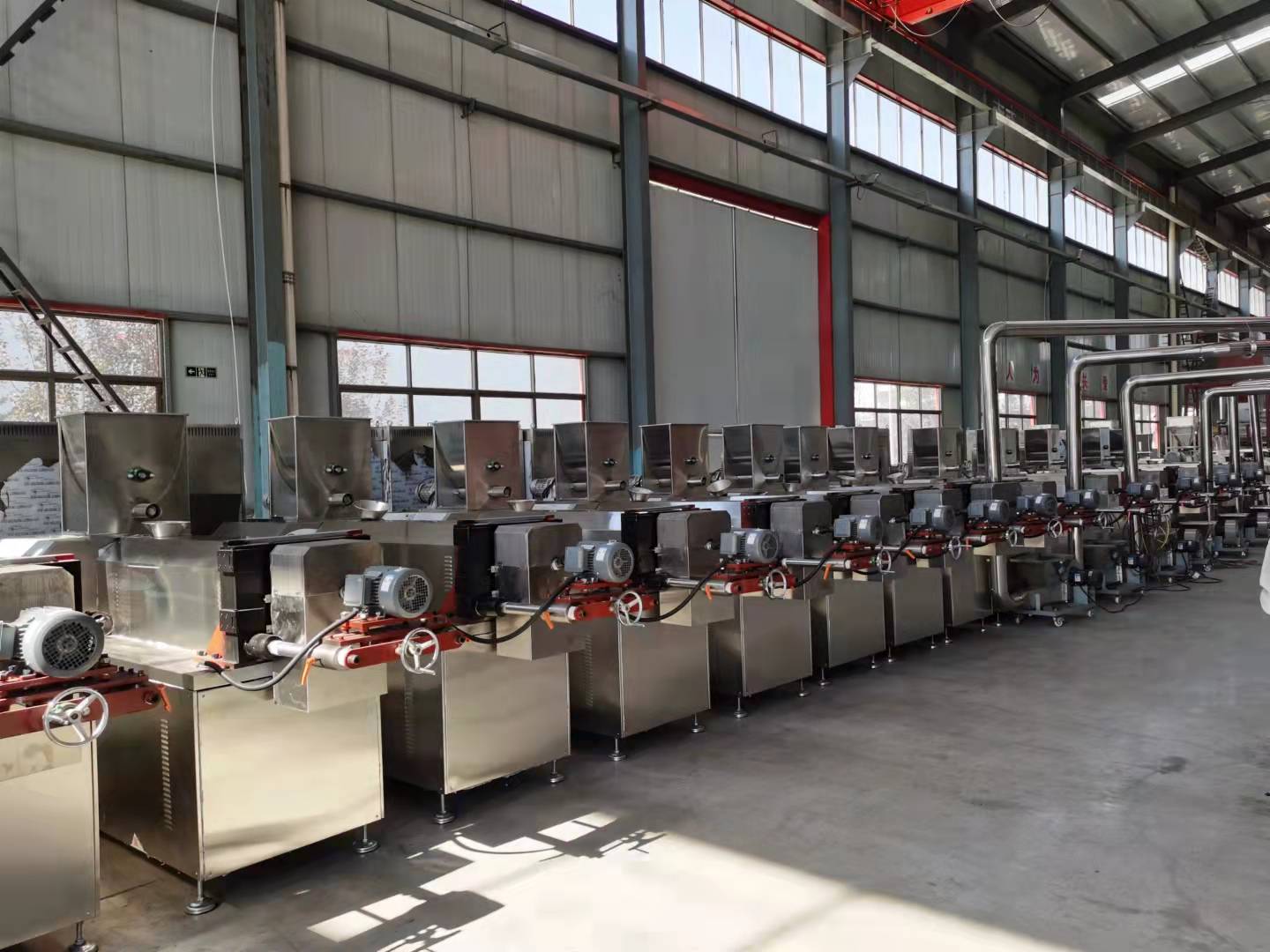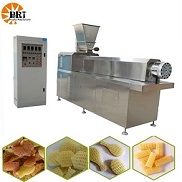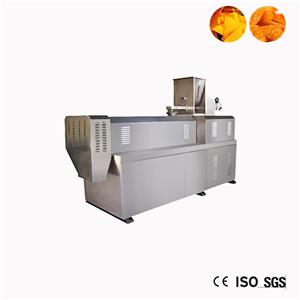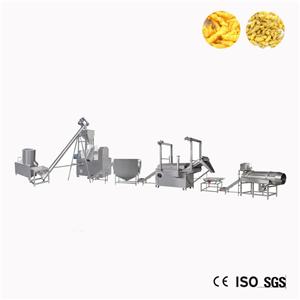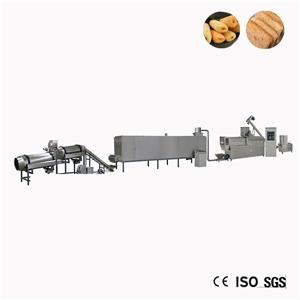Ventilation and dust removal in production workshop of feed plant
Ventilation and dust removal in feed processing plant is one of the important auxiliary processes in feed plant. Ventilation refers to the technology of introducing clean air into the workplace or working space to replace the polluted air with high dust concentration. Ventilation is divided into natural ventilation and artificial ventilation. Dust removal refers to the technology of separating, capturing and removing the dust in the dusty air or on the surface of objects. It should be said that in ventilation and dust removal, ventilation is the means and dust removal is the purpose. Therefore, the ventilation and dust removal technology is the most effective measure to reduce the dust in the working environment.
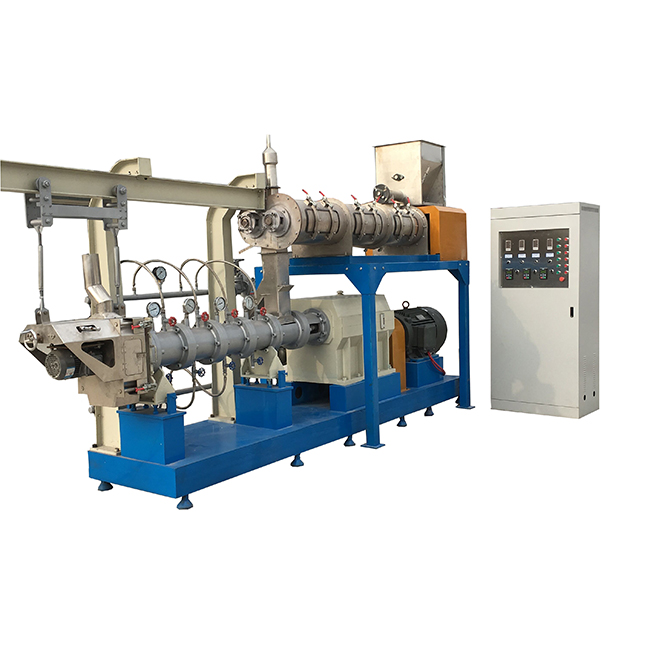
1 ventilation and dust removal form
The ventilation and dust removal system in small and medium-sized enterprises is usually called ventilation network or air network for short. There are two types of air net: one is that a machine or a dust collection point is equipped with a dust collector and a fan for air suction, which is called a separate air net; The other is that two or more machines or dust collection points share a dust collector and a ventilator for air suction, which is called a centralized air network.
1.1 principles for determining the form of separate air network:
The machine or suction point with one of the following conditions is suitable to use a separate air net: ① the dusty air sucked out must be treated separately; ② The suction air volume shall be accurate and must be adjusted frequently; ③ Large air volume is required; ④ The machine has its own ventilator; ⑤ There is no other machine or suction point nearby that needs or can be combined with air suction. Two or more machines or suction points that do not meet any of the above conditions shall adopt centralized air network.
Of course, with the high requirements of environmental protection and the increasing perfection and miniaturization of bag filter, the air network form of small and medium-sized enterprises is developing separately and locally. That is, on each process equipment requiring air suction and dust removal, it is equipped with not only its own fan, but also its own dust collector to purify the dusty air locally, or recycle the dusty air after preliminary purification. In this way, the malpractice of vertical and horizontal crossing of pipes in the centralized air network does not exist.
1.2 combination principle of integrated Stroke Network:
When several machines or suction points are combined into a centralized air network, the following four principles should be taken into account.
1.2.1 similar quality of aspirates: that is, the dust aspirated from various equipment combined in the same air net should be similar in quality. The process tasks of each machine and equipment are different, and the dust they emit is also different in quality and value. For example, the dust formed during the preliminary cleaning in the production workshop of the feed plant is mostly mud ash, sand, and magnetic metal, which has little utilization value; The dust generated during the later cleaning contains some organic dust such as chaff, wheat husk and broken grain, which are valuable by-products. Therefore, the air suction in the front and back cleaning process should be installed separately as far as possible so that the aspirates can be collected separately
1.2.2 same working time: the working time of each machine and equipment combined in the same air network should be the same, so as to stabilize the load of the ventilator. Machines and equipment that work alternately can be connected to the same air network, but their air volume should be the same.
1.2.3 the air duct setting shall be simple and reasonable: the specific contents include: the air duct shall be laid vertically as far as possible, and the necessary horizontal air duct shall be provided with closed cleaning holes. For the dust source where dust and water vapor coexist, the dust collector shall be directly arranged above the suction hood as far as possible to make the dust and water vapor enter the dust collector through the vertical pipe. The included angle of tee is generally 30 ° and 45 °. Air volume regulating devices such as plug plate and butterfly valve shall be properly installed on the branch pipe. The exhaust pipe shall be 1.5m higher than the roof. Generally, the air duct shall be set up in an open manner, which shall not interfere with the walkway and operation, and the appearance shall be neat and beautiful without increasing the investment.
1.2.4 rear ventilator: the ventilator shall be generally arranged behind the dust collector (air suction type) to reduce the wear of dust on the ventilator; When the ventilator is arranged in front of the dust collector (compressed air type), the dust exhaust ventilator shall be selected.
Of course, the above four principles are sometimes contradictory. Therefore, the design should be balanced and considered comprehensively. For more complex situations, several combination schemes can be drafted for comparative analysis to determine the most economical and reasonable network combination mode. When assembling the air network, it should also be noted that the total air volume of the air network should not be too large, and there should not be too many suction points, so as to facilitate adjustment and reliable operation.

1.3 comparison between separate air network and centralized air network
1.3.1 the pipes of a separate air network are generally short and simple, not as complex as the centralized air network.
1.3.2 the air volume of a separate air network can be easily adjusted and controlled. In the centralized air network, when the suction air volume of a machine or suction point changes, it will affect the air volume of other machines or suction points in the network, which is difficult to adjust.
1.3.3 the small ventilator and dust collector are often used for the single air network due to the small air volume, which relatively occupies more area and makes the arrangement more difficult, and the efficiency of the small motor is low and uneconomical. The centralized air network often combines many machines or suction points with small air volume and close location, which is relatively economical in power consumption and equipment investment.
